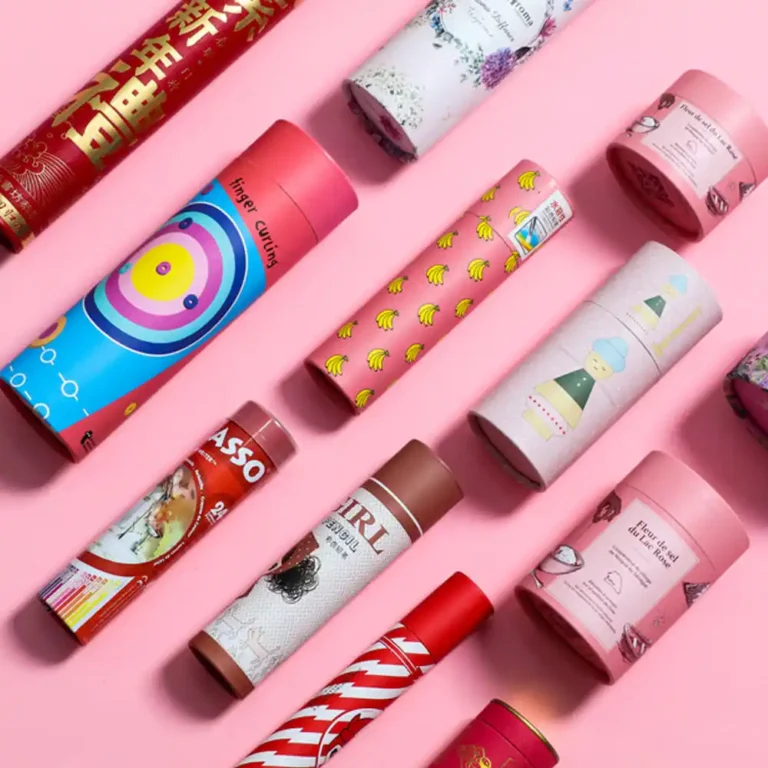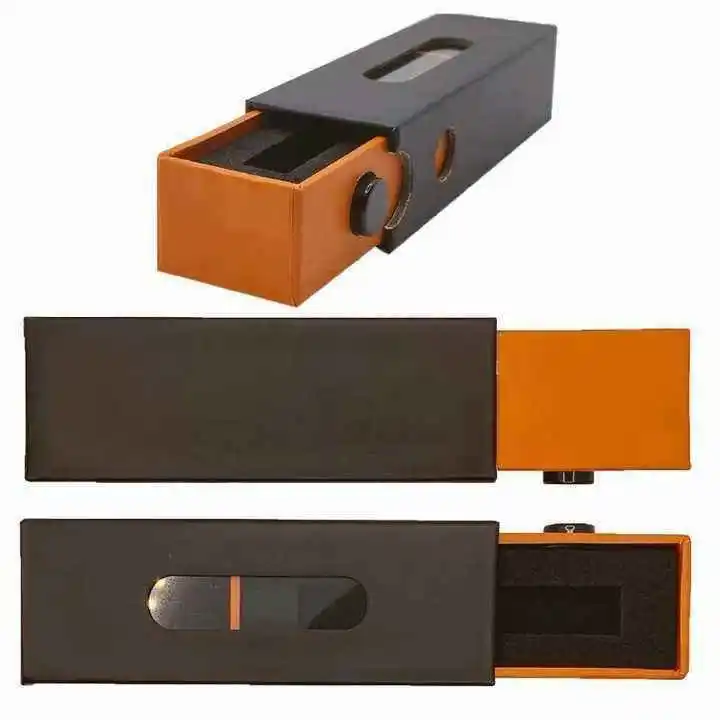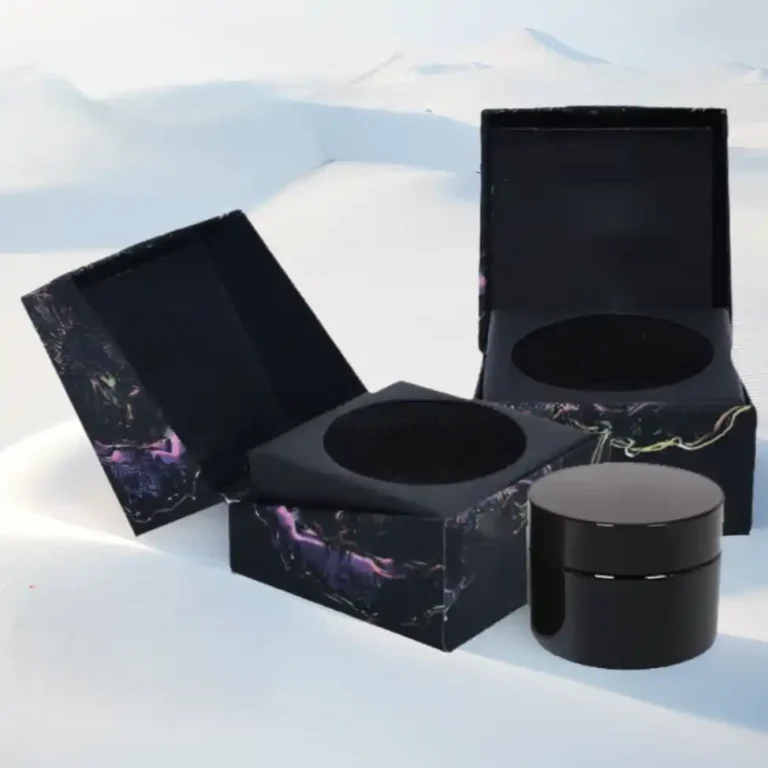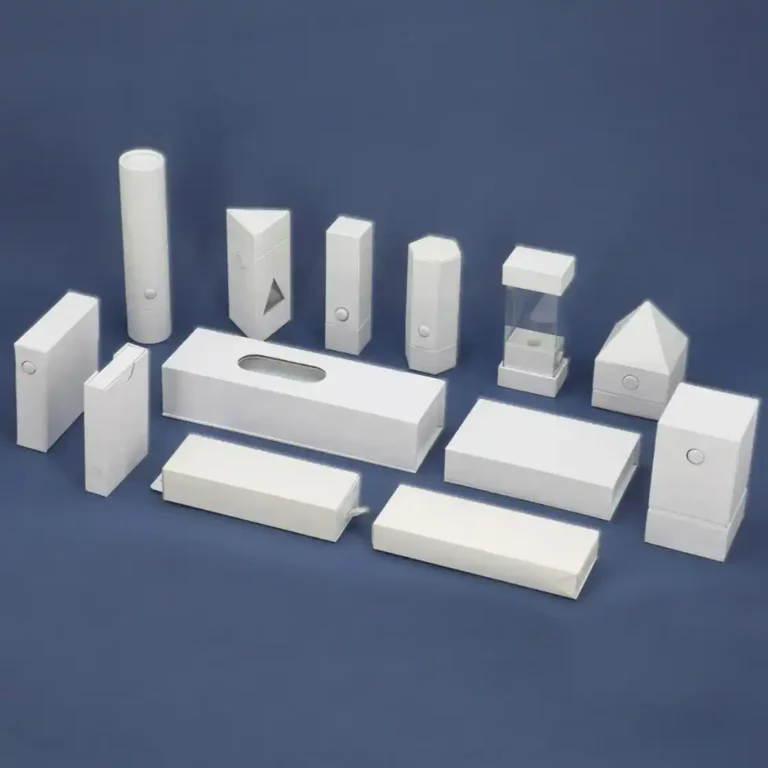Intelligente Verpackungen: Sechs Strategien zur Verbesserung der Effizienz bei der Personalisierung
Einführung
Intelligente Verpackungen sind nicht nur ein Schlagwort, sondern ein praktisches Handbuch, mit dem sich die Vorlaufzeiten um Tage verkürzen, Nacharbeiten reduzieren und Markenteams, Ingenieure und Verarbeiter im Gleichschritt arbeiten können. Im Folgenden finden Sie sechs praxiserprobte Strategien, mit denen Sie Ihren Anpassungszyklus verkürzen können, ohne Kompromisse bei Qualität oder Compliance einzugehen.
Um dies in realen Anwendungsfällen zu verankern, werde ich auf bekannte Formate verweisen - denken Sie an Faltschachteln, bedruckte Wellpappkartons, Pappaufsteller, und Premium-Formate wie Schmuckkästchen und Kerzenschachteln-so dass sich jede Taktik direkt auf das bezieht, was in Ihrer Produktion ankommt. Wenn Sie mit unserer Arbeit noch nicht vertraut sind, beginnen Sie mit der Homepage und verzweigen je nach Bedarf in spezialisierte Kategorien.
Inhaltsübersicht
1. Intelligente Design-Engine: Innovative Fusion von 3D-Modellierung und KI-Algorithmen
Moderne Personalisierung gewinnt oder verliert an der Druckformgrenze. Eine intelligente Design-Engine verbindet regelbasierte Parametrik mit generativen Vorschlägen, um die Machbarkeit zu überprüfen, bevor etwas in die Druckvorstufe gelangt.
Parametrische Stanzlinien für schnelle Iteration
Definieren Sie Einschränkungen (Kartonqualität, Mindestbiegeradius, Klebelaschen, Einschubabstände), damit sich die Stanzlinien automatisch an Produktänderungen anpassen. Für eine SKU-Familie - beispielsweise eine Reihe von Parfümdosen-Parametern können Sie die Größe zuverlässig ändern, ohne dass die strukturelle Integrität und die Packungseffizienz beeinträchtigt werden.
AI-unterstützte Packungsanpassung und Einschublogik
Füttern Sie das Modell mit der Schlüsselgeometrie (Flasche, Glas, Gerät) und lassen Sie es Aussparungen, Dämpfungszonen und Toleranzbänder vorschlagen. Sie erkennen Kollisionsrisiken frühzeitig, insbesondere bei hochwertigen starren Sets und zerbrechlichen Schmuckkästchen.
Automatisierung der Druckvorstufe mit Proof-ready-Ausgaben
Generieren Sie druckfertige PDF-Dateien mit Ausschießen, Beschnitt, Lackmasken und Folienebenen - und minimieren Sie so die manuellen Eingriffe bei der Anpassung von Kleinauflagen für Formate wie Faltschachteln.
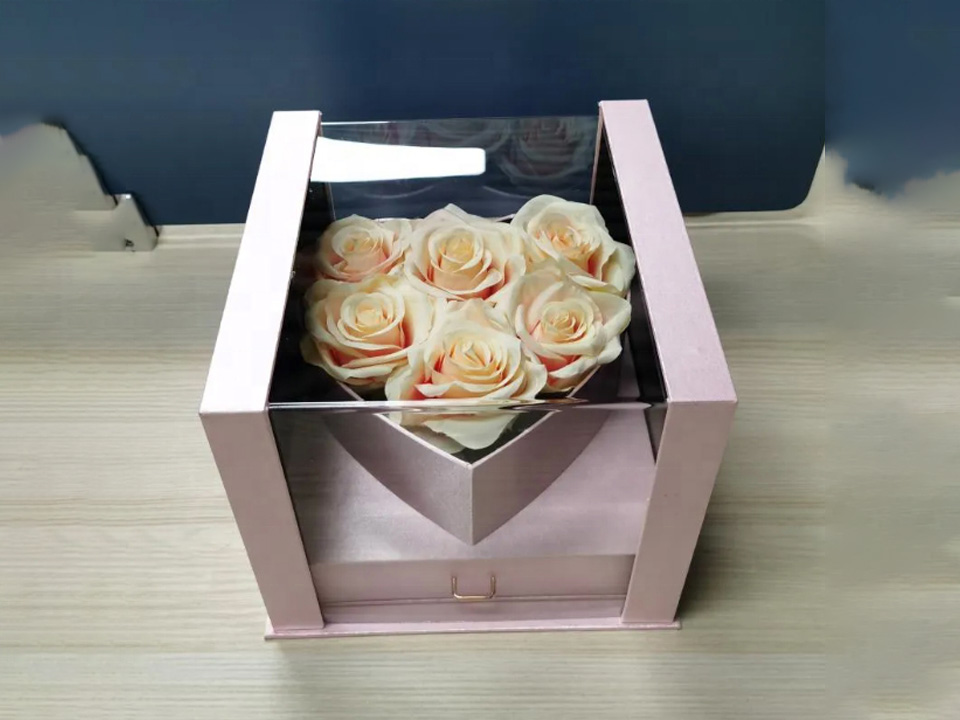
2. Revolution der Werkstoffe: Durchbruch von der umweltfreundlichen Materialauswahl zur funktionellen Beschichtung
Die Materialstrategie umfasst nun Ästhetik, Bearbeitbarkeit und Nachnutzungsergebnisse, ohne dass die Zeitpläne ins Stocken geraten.
Intelligente Materialbibliotheken mit zertifizierten Optionen
Geben Sie die Spezifikationen des Kartons, die recycelten Inhaltsstoffe und die Barriereeigenschaften an. Fügen Sie Zielanwendungsfälle hinzu - z. B. Kosmetik-Kits oder Kerzenschachteln-so dass Einkäufer und Ingenieure vorgeprüfte Kombinationen innerhalb von Minuten, nicht Tagen, auswählen können.
Funktionale Beschichtungen, die Qualifikationszyklen komprimieren
Verwenden Sie modulare Beschichtungen (Soft-Touch, Anti-Scuff, Feuchtigkeits-/Fettbarrieren), die für Ihre Basissubstrate vorqualifiziert sind. Diese Standardisierung ermöglicht vorhersehbare Ergebnisse beim Wechsel zwischen bedruckte Wellpappkartons und Premium-Kartons.
Interoperabilität von Einsatz und Zubehör
Dokumentieren Sie Toleranzen für Bänder, Magnete, EVA-Schaumstoffe und Zellstoffeinlagen - insbesondere für faltbare und starre Sets -, um späte Überraschungen bei Luxusbauten und im Einzelhandel zu vermeiden. Pappaufsteller.
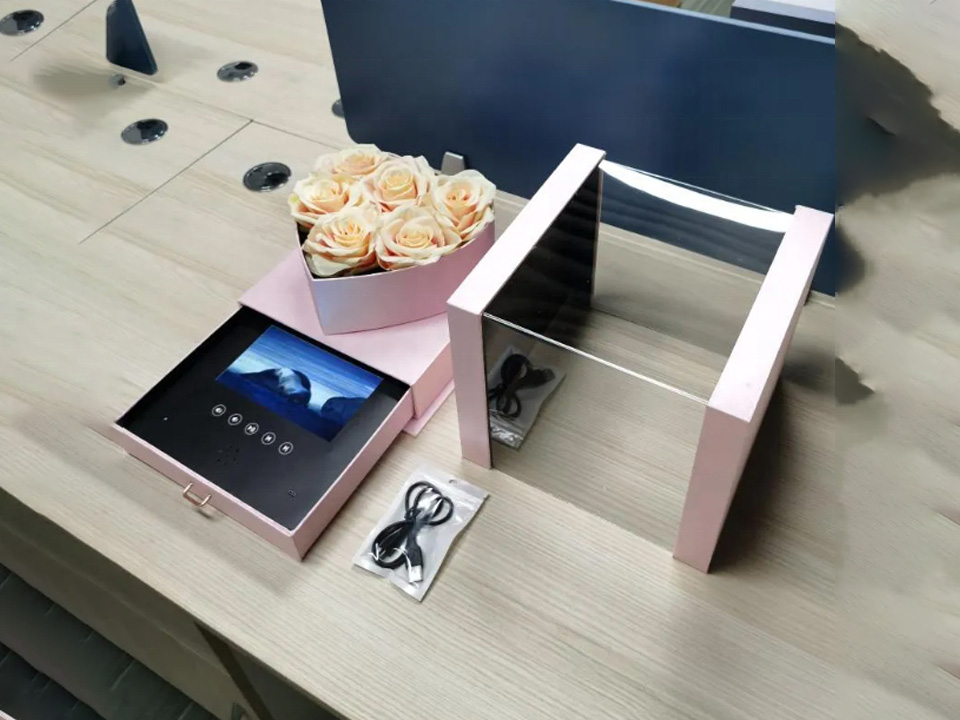
3. Automatisierte Produktionslinie: Modulare Rekonstruktion eines flexiblen Fertigungssystems
Die Anpassung an Kundenwünsche lebt von flexibler Automatisierung: Zellen, die sich skalieren lassen, schnell umschalten und die Qualität bei niedrigen Stückzahlen beibehalten.
Schnellwechselmodule und digitale Setups
Barcode- oder RFID-Auftragstickets geben Einstellungen an Klebe-, Stanz- und Laminiergeräte weiter. Bei werkzeuglosen oder werkzeugarmen Umrüstungen wird eine gemischte Warteschlange von Faltschachteln und starre Ärmel in einen gleichmäßigen Fluss.
Visionsgeleitete Qualitätstore
Inline-Kameras validieren die Druckregistrierung, die Folienausrichtung und die Genauigkeit der Fensterpatches. Echtzeit-Feedback verhindert kumulative Defekte, die sonst bei der Endverpackung auftauchen würden.
Zellen der späten Anpassungsphase
Die Personalisierung (SKU, Farbton, Duft) gehört so weit wie möglich nachgelagert. Modulare Zellen drucken oder applizieren Etiketten direkt vor dem endgültigen Auspacken - nützlich für agile Linien, die saisonal produzieren. Papiergeschenktüten oder Boutique-Bausätze.
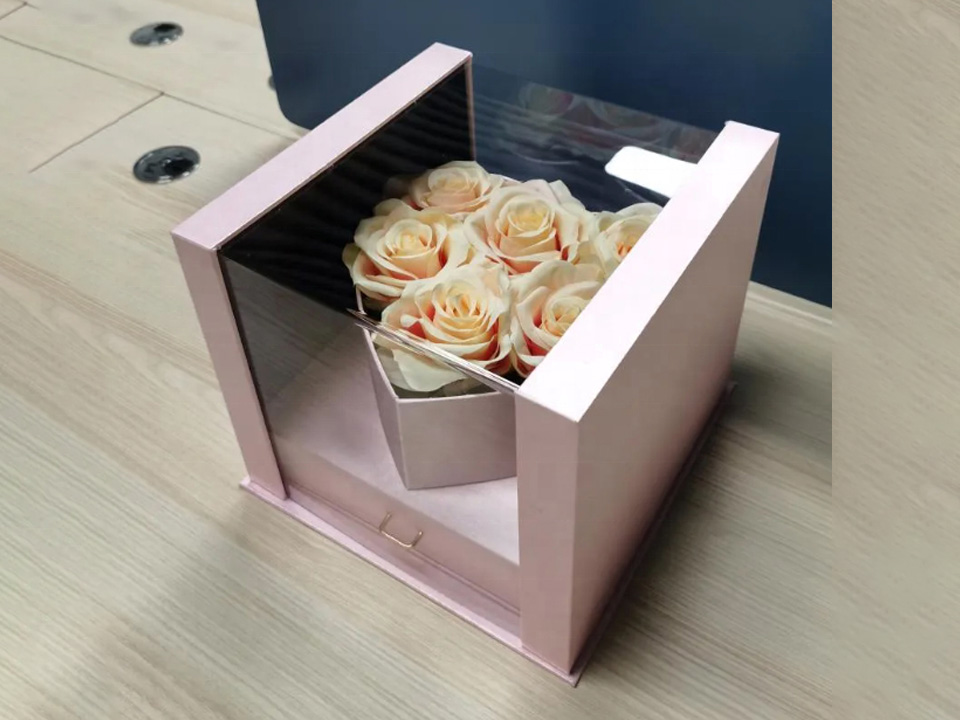
4. Rechenzentrum: Ein geschlossener Kreislauf von der IoT-Wahrnehmung zur Entscheidungsoptimierung
Mit Daten sind Sie schnell - wenn Sie sie einmal erfassen, gut strukturieren und in Entscheidungen einfließen lassen.
Systemübergreifend einheitlicher Auftragsgraph
Verbinden Sie CAD, MES und WMS, so dass für jeden Auftrag nur eine einzige Quelle der Wahrheit gilt: Stanzformversion, Substratpartie, Beschichtung und Veredelungsweg. Diese Kontinuität reduziert die Reibung bei der Übergabe von Premium-Sets wie Schmuckkästchen.
IoT-Telemetrie für vorausschauende Beschränkungen
Verfolgen Sie Luftfeuchtigkeit, Temperatur und Pressenbelastung, um Risse oder Verformungen vorherzusagen. Wenn die Daten ein Risiko erkennen lassen, empfiehlt das System automatisch alternative Beschichtungen oder eine geringfügige Anpassung des Messschiebers, bevor sich Abfall ansammelt.
Closed-Loop-Lernen aus Kundenretouren
Verknüpfen Sie die Rückgabedaten mit den Grundursachen (Delaminierung, Abnutzung, Ermüdung des Verschlusses) und geben Sie die Konstruktionsregeln für die nächste Welle von Produkten wieder in Ihr System ein. Kerzenschachteln oder Tech-Kits.
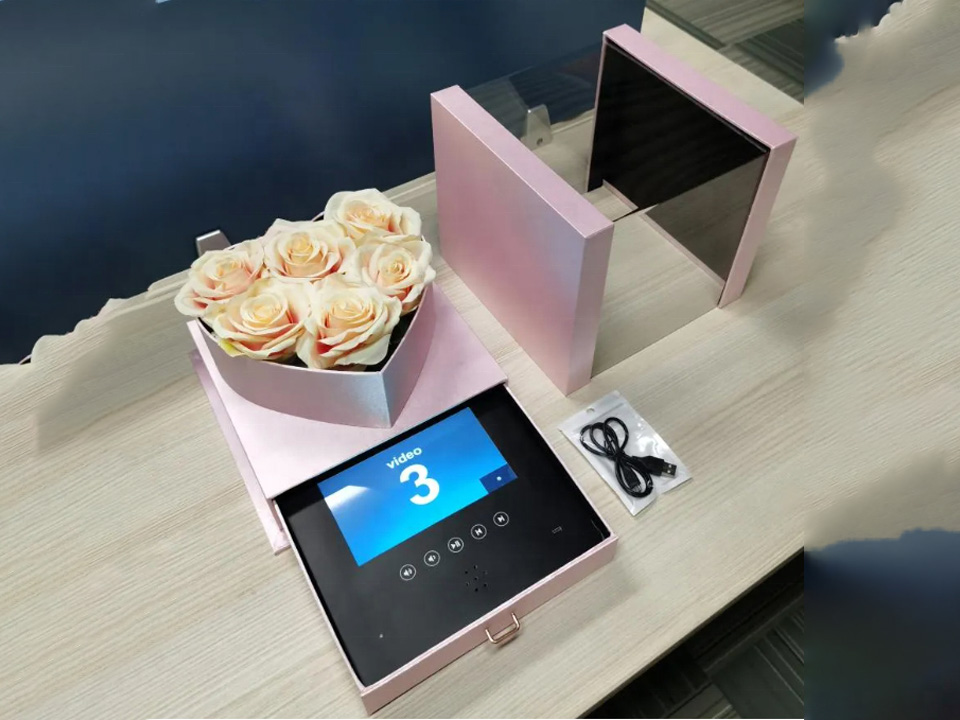
5. Grüne Logistik: Von der Kreislaufwirtschaft zum Carbon Footprint Management
Eine schnellere Anpassung sollte nicht im Widerspruch zur Nachhaltigkeit stehen; richtig gemacht, beschleunigt sie beides.
Optimierung der Packungsdichte und modulares Kitting
Sets in der richtigen Größe für Palettenmuster und LKW-Geometrie. Standardisieren Sie innere Trays, damit verschiedene SKUs ineinander passen - besonders hilfreich bei bedruckte Wellpappkartons und verschickte Kosmetikkits.
Wiederverwendbare und monomaterielle Pfade
Bevorzugen Sie die Verwendung von Monomaterialien (Pappsysteme, papierbasierte Griffe) und eine demontierbare Gestaltung. Wenn Produkte in den Einzelhandel gelangen Pappaufsteller, Richten Sie die Druckbereiche so aus, dass sie sich leicht umgestalten lassen, anstatt sie komplett zu ersetzen.
Kohlenstoffbilanzierung als Bestandteil der Genehmigungen
Zeigen Sie die geschätzten Abweichungen beim Platzbedarf während der Konstruktionsgenehmigung auf, so dass Teams kleine dekorative Änderungen gegen größere Transporteinsparungen eintauschen können, ohne die Beschaffung erneut zu durchlaufen.
6. Mensch-Maschine-Kollaboration: AR Empowerment und Ergonomische Rekonstruktion
Die besten Echtzeit-Anrufe machen immer noch Menschen. Tools sollten sie verstärken, nicht verlangsamen.
AR-Montageanleitung für komplexe Sets
Techniker sehen Schritt-für-Schritt-Overlays für das Einfädeln von Bändern, das Platzieren von Magneten oder das Falten von Beilagen. Die Fehlersuche hier spart Stunden bei kleinen Auflagen von luxuriösen Schmuckkästchen.
Ergonomische Zellen, die Mikroverzögerungen reduzieren
Höhenverstellbare Stationen, Schwerkraftunterstützung und intelligente Behälter reduzieren den Bewegungsmüll. Für Geschenksets gepaart mit Papiergeschenktüten, Ergonomische Lifte halten das Tempo ohne Ermüdung.
Qualifikationsmatrizen und digitale Arbeitsanweisungen
Ordnen Sie die Stärken der Bediener der Komplexität der Aufgabe zu und erstellen Sie Just-in-Time-Anweisungen. Cross-Training und leichtgewichtige SOPs gewährleisten Kontinuität, wenn Sie sich von Faltschachteln zu hochwertigen starren Konstruktionen oder saisonalen Kerzenschachteln.
Schlussfolgerung
Intelligente Verpackungen sind kein einzelnes Upgrade, sondern ein ganzes Paket: intelligente Designregeln, Materialbibliotheken, modulare Automatisierung, Daten-Feedback-Schleifen, umweltfreundlichere Logistik und menschenzentrierte Werkzeuge. Kombiniert man sie, ist die Anpassung an Kundenwünsche kein Engpass mehr - sie wird zu Ihrem Wettbewerbsrhythmus.







